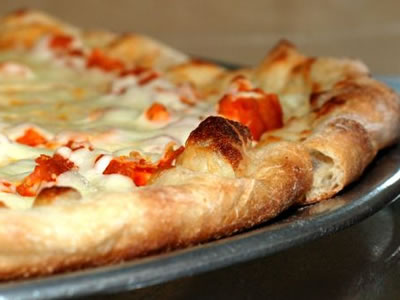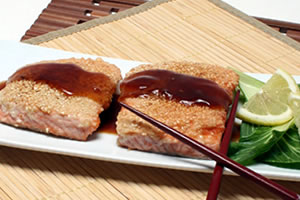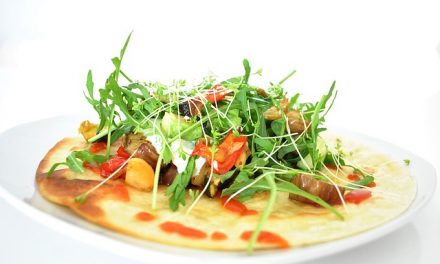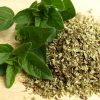Americans love pizza -- but can you guess how many calories are in each slice? Is it 150, 320, or maybe even 530? Depending on the type of pizza and size of the slice, all of these answers are correct.
But that's good news for pizza lovers -- because with just a bit of forethought, you can make choices in your pizza selection to ensure that it is a balanced, healthful and delicious meal.
Let's start at the bottom with the crust you choose. Simply opting for a thin-crust pie can save, on average, from 30 to 120 calories per slice compared to thicker hand-tossed crusts. Looking beyond calories, more and more restaurants now offer the option of whole-wheat crust - a simple switch that will add fiber and nutrients to your meal.
As for carbohydrates, a thin-crust cheese pizza slice adds up to about 22-grams, a regular crust slice is about 26 grams, and a thick-crust is about 31 grams per slice.
Knowing your cheese options can provide another opportunity to dramatically affect the fat and calorie content of your pizza. Not that you need to avoid cheese altogether.
In moderation, cheese provides a significant amount of the protein that helps to make pizza a balanced meal. But before you order extra cheese, remember that too much of a good thing usually has its consequences. Piling on additional cheese can add an extra 25 to 30 calories to each slice.
Instead, consider ordering "half cheese" - meaning half the usual amount of cheese, not cheese on only half the pizza. This is a particularly smart option when eating at restaurants that tend to be a little heavy on the cheese. Yet the half-cheese order might not make sense at a spot like Domino's, which uses less cheese to start with. Each slice of their 12-inch thin crust pizza, for example, already provides 70 fewer calories than Pizza Hut's thin-crust original. For more nutrition information or to compare choices from your favorite chain restaurants, check out the companies' Web sites or ask for nutrition information at the counter.
Other toppings to watch out for: high fat meats like sausage, hamburger and pepperoni. These are typically high-calorie choices that contain cholesterol-raising saturated fat. They are also included in the red and processed meat categories that experts advise us all to limit because of their link to colon cancer risk. Compared to a pizza topped with vegetables, each slice of a meat-lovers special contains an additional 100 to 150 calories per slice.
Speaking of vegetables, although a commendable choice of topping, don't look to your pizza to supply a substantial serving of veggies. Even with the tomato sauce, it usually requires a couple of slices of a two-vegetable-topping pie to equal the equivalent of even one serving of vegetables. Consider pairing your pizza with a side salad to truly meet your vegetable quota. In addition to providing more nutrients, an accompanying salad may help you cut calories by filling you up and pacifying the urge for an extra slice.
Finally, remember that it's not just the type of pizza that's key to calorie control. Portion size has just as much influence. By choosing a thin crust, limiting the cheese, and loading on vegetables instead of fatty meat, you can save 170 to 370 calories per slice. On the other end, grabbing a "harmless" slice or two more could end up adding 300 to more than 800 calories - even if you've chosen a leaner option.
One hint: all slices are not created equal. One slice from a 14-inch ("large") pizza contains about 80 to 120 calories more than a slice from the same 12-inch ("medium") pie.
Futhermore, research suggests that people are likely to eat whole slices of pizza, regardless of size. In other words, you may end up eating less when you order a small or medium pizza than a larger version.
Another tip from the experts, out of sight is apparently truly out of mind. Behavior research suggests you're more likely to avoid "finishing off" a pizza if you select your portion and box additional slices before digging in.











